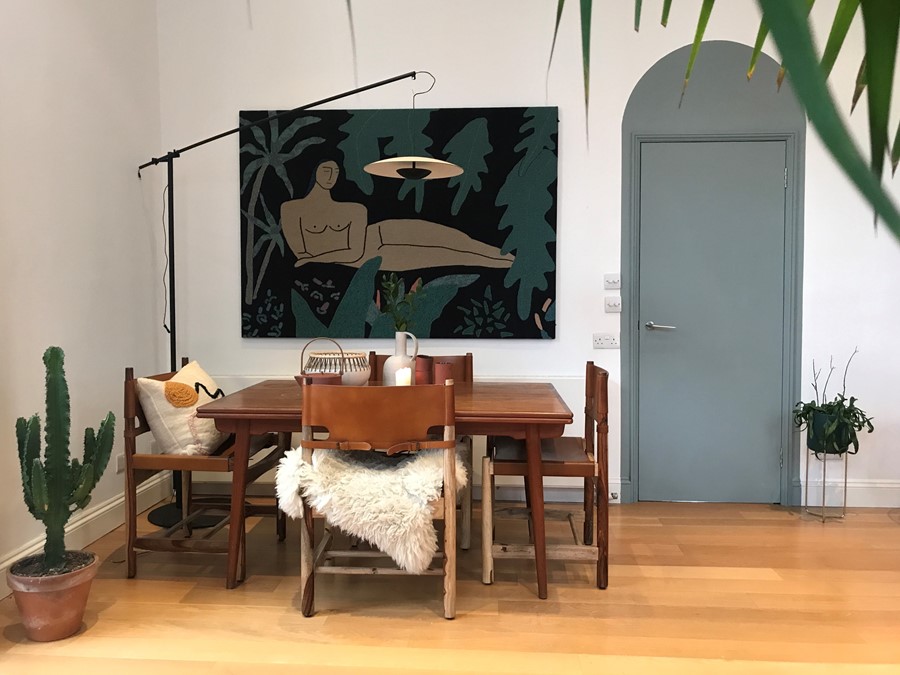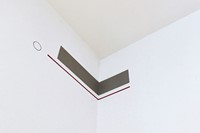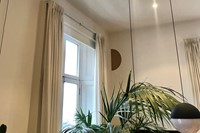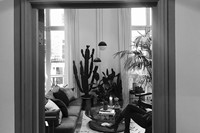Romantic co-habitation brings joy and sorrow in equal measure, writes Milly Burroughs
At little more than a moment’s notice, love can tear through the carefully woven tapestry of a life, unpicking every stitch as it goes. With every birth, death, romance and separation there comes a storm of change delivering floods of conflict and compromise. The thing about love is that it doesn’t wait to be invited into a home environment – suddenly it is just there, among piles of dirty laundry and the plastic debris of children’s toys.
Love is transformative, both emotionally and environmentally – but it’s rare we feel its impact until something changes. It’s not until the young fly the nest that parents realise that the messy corner they called a bedroom was actually a comforting, everyday reminder of the unconditional love of a child. It’s not until you fall out of love that a home belonging to two loses half of its identity. On the other hand, the vulnerability of love is never more apparent than in the spaces we call home, through the unspoken trust of committing to share a bed, a wardrobe and a fridge. We willingly endanger our safest spaces as soon as our hearts feel full. While this can eventually lead to painful emotional discomfort, it also presents the most beautiful apexes of human connection.
Whenever I’ve spoken to interior designers and architects about their clients, it is always the newlyweds and young families who provide the most heartwarming anecdotes. I’ve heard designers describe themselves as taking on the role of confidant or counsellor as first time co-habitants search for common ground in a war zone of furniture and fabric samples, navigating the turbulent waters of identity and ownership. But what happens when two creatives fall in love? How do you fuse two lives when every object has a story that perhaps only one half the pair can tell?
“For me, one of the really lovely things about us moving in with each other has been the process of creating a space by mixing all of our belongings together. I started to look at the things that I own in a new light and certain pieces that I didn’t think I loved anymore started to take on a whole new lease of life. Seeing all of our books jumbled up together, my endless props sitting amongst Ceri’s fishing gear, his collections of cameras and our photos of happy days makes me love the things that we own even more,” says freelance interior stylist Katie Phillips. Having recently moved into a new flat in London Fields with her partner, photographer Ceri Davies, Phillips speaks warmly of the blossoming domestic dynamic between the them. “We move things around a lot at home. The fact that I’m an interior stylist means that Ceri hasn’t got much of a choice, but I love that he humours me. He always seems interested and never shies away from giving me his opinion, even if that does mean moving all of the rugs around the flat at ten o’clock at night.”
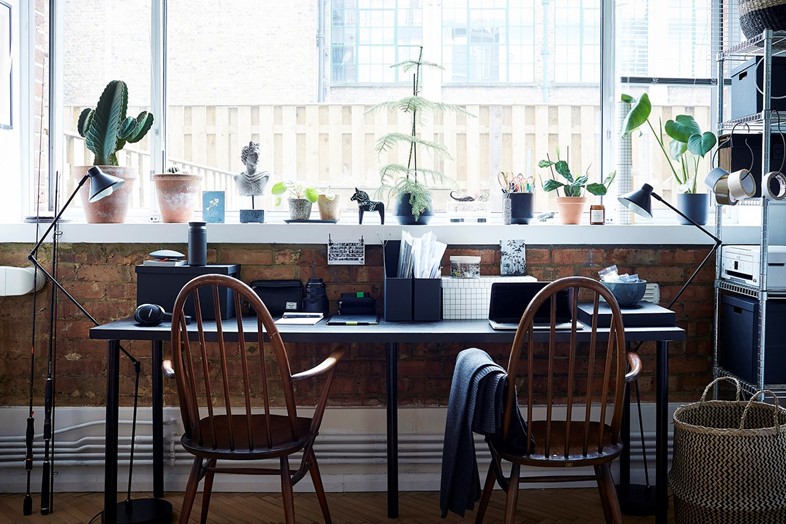
For some there’s a natural hierarchy. In a family home the parents have authority and the children can merely negotiate within that dynamic. In relationships, where one person has more perceived insight into the art of creating a home – as with Phillips and Davies – one automatically adopts the role of head curator. So what of the couples with unquantifiable differences? What happens when two people (in this case Sella Concept co-founders and soon-to-be-wed couple Tatjana von Stein and Gayle Noonan) with parallel experiences and a shared creative processes are faced with blending their domestic vision? According to Von Stein, the home becomes a gallery for mutual interests. “Particularly as design is our profession, our own little nest has become a canvas for our combined passions and loves,” she explains. “We undoubtedly influence each other. While Gayle does have to deal with the fact that my old plantation chair takes up most of the room, we both had the same vision to create a little haven, mostly through trees and plants that produce all the oxygen you need in a home.”
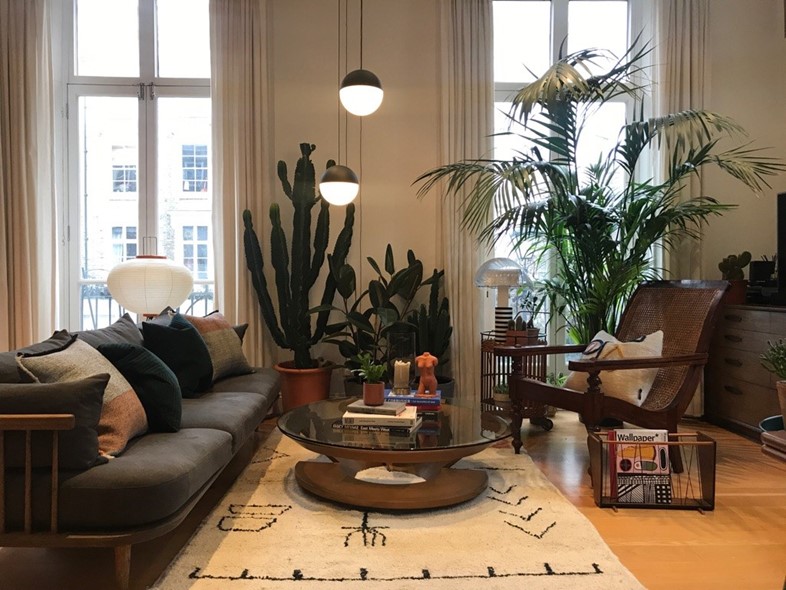
Echoing Von Stein’s curatorial perspective, Mad Atelier co-founders Chantal Martinelli and her husband Julien Desormeaux view their home as a cultural melting pot. “Some objects in our home have been brought from our respective pasts but our home is, in essence, the product of our combined style. Even these objects, once set together, become ‘our’ style,” says Desormeaux. “For example, on a kitchen shelf, Chantal’s Bialetti Moka espresso maker standing next to my traditional Algerian mint teapot already defines a combined style.”
